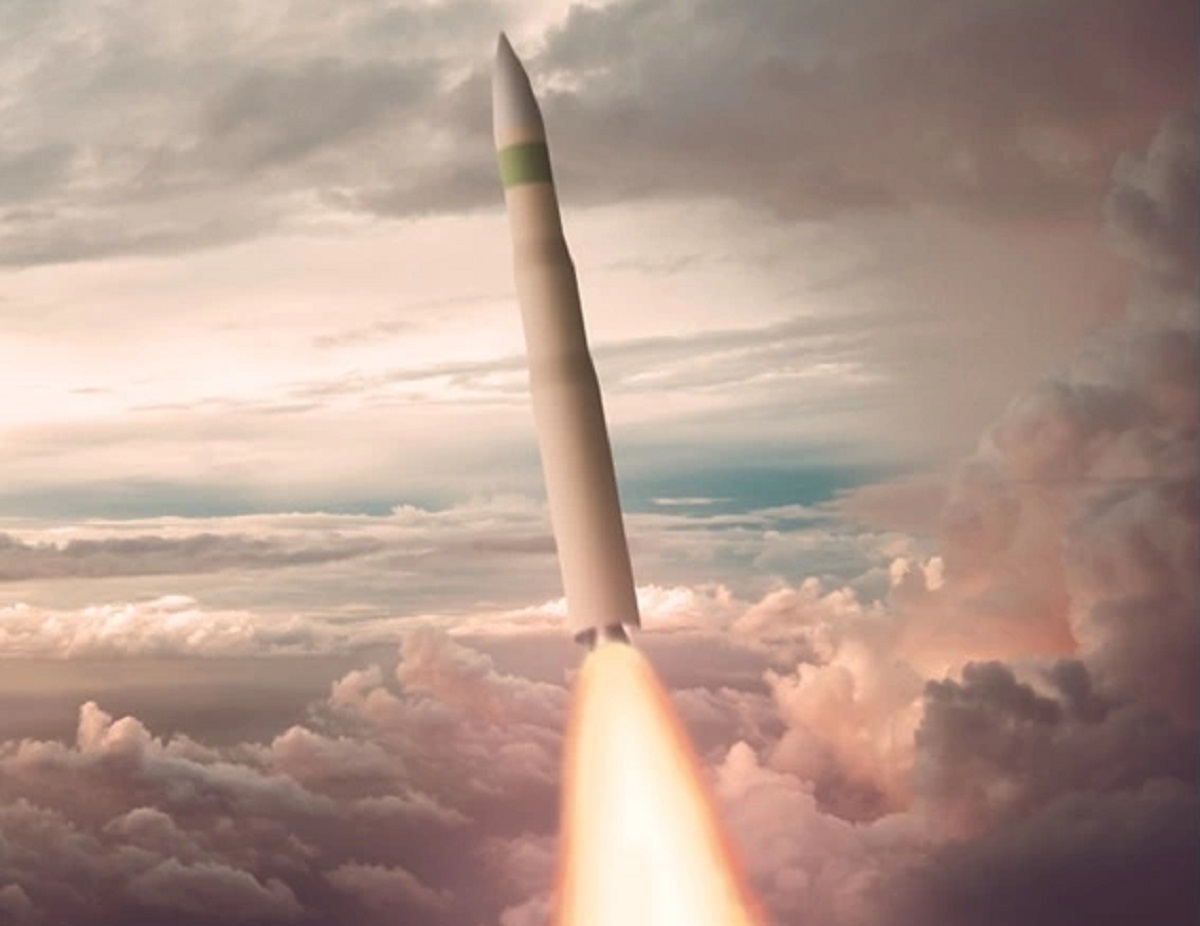The U.S. Air Force, Northrop Grumman and Aerojet Rocketdyne conducted today a static fire test for the Stage-3 solid rocket motor of the LGM-35A Sentinel weapon system at the Arnold Engineering and Development Complex, Arnold Air Force Base, Tennessee. This closed chamber test is the third in a series of static fire tests during Sentinel’s development to validate the design and performance of Sentinel’s three-stage propulsion system. The Stage-3 SRM is the smallest of Sentinel’s three stages and the third SRM to fire following the missile’s launch.
“This test is the latest in our ground and flight test program and is designed to help us refine Sentinel’s air vehicle design. It demonstrates the progress the Air Force is making on modernizing our nation’s strategic land-based nuclear deterrent,” said Maj. Gen. John Newberry, Air Force Nuclear Weapons Center commander and Air Force program executive officer for strategic systems.

The LGM-35 Sentinel, also known as the Ground Based Strategic Deterrent (GBSD), is a future American land-based intercontinental ballistic missile system (ICBM) currently in the early stages of development. According to the United States Air Force website, the L in LGM is the Department of Defense designation for silo-launched; G means surface attack; and “M” stands for guided missile. It is slated to replace Minuteman III missiles, currently stationed in North Dakota, Wyoming, Montana, and Nebraska from 2029 through 2075.
In 2020 the Department of the Air Force awarded defense contractor Northrop Grumman a $13.3 billion sole-source contract for development of the LGM-35 after Boeing withdrew its proposal. Northrop Grumman’s subcontractors on the LGM-35 include Lockheed Martin, General Dynamics, Bechtel, Honeywell, Aerojet Rocketdyne, Parsons, Textron, and others. The Air Force plans to replace the fielded Minuteman III intercontinental ballistic missile with the next-generation Sentinel system currently in development. The Sentinel acquisition program is responsible for the modernization of the land-based leg of the U.S. nuclear triad.















